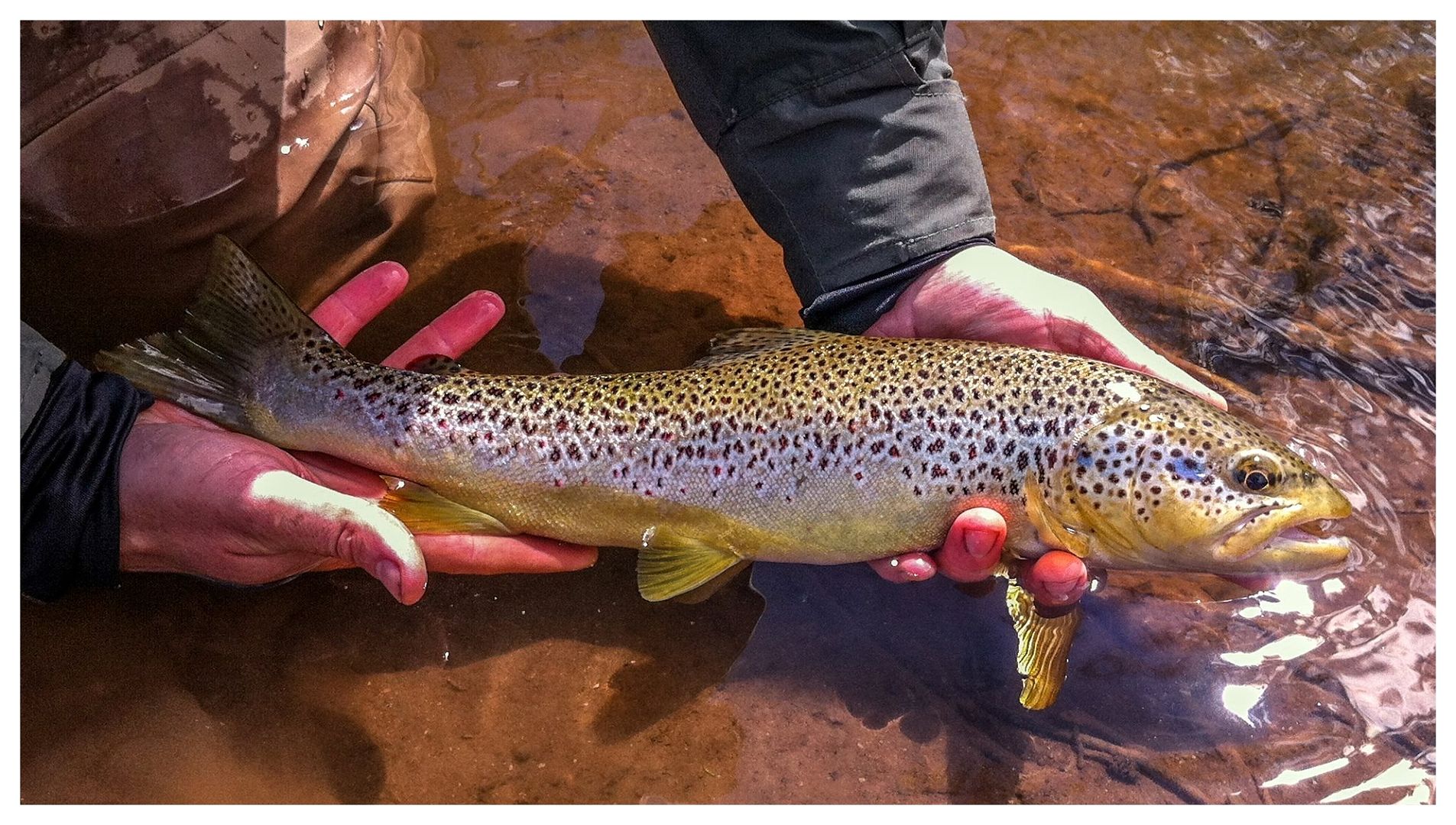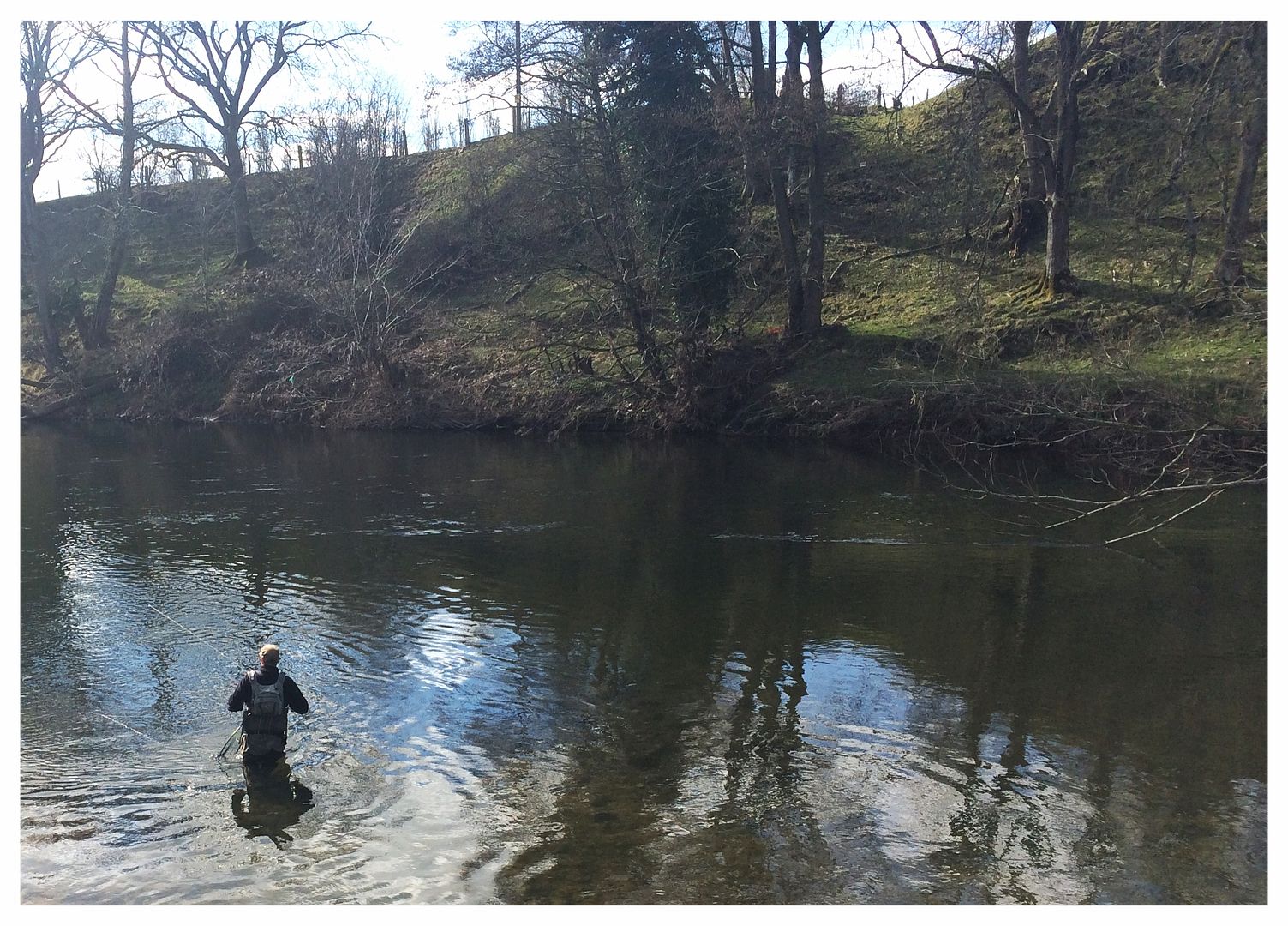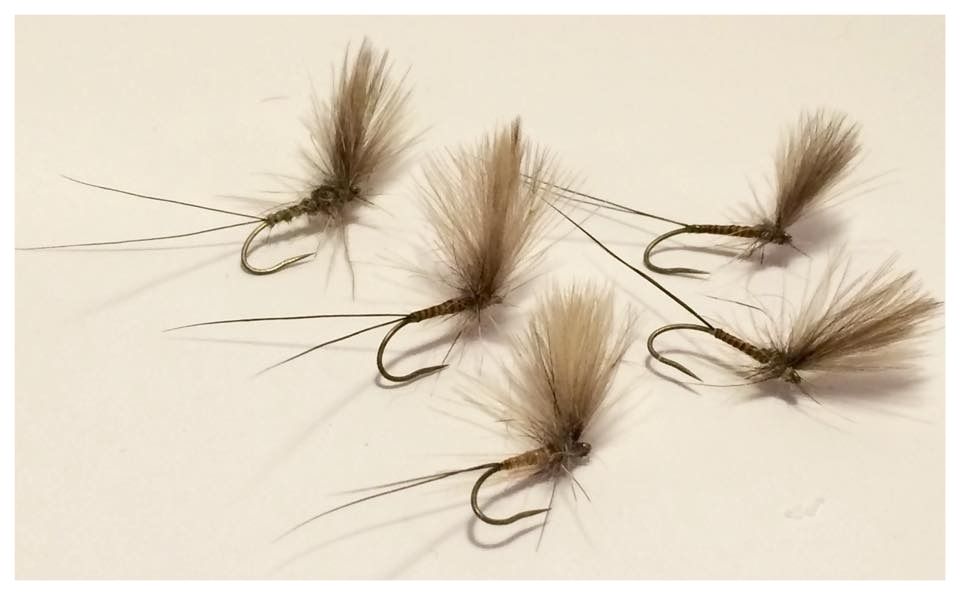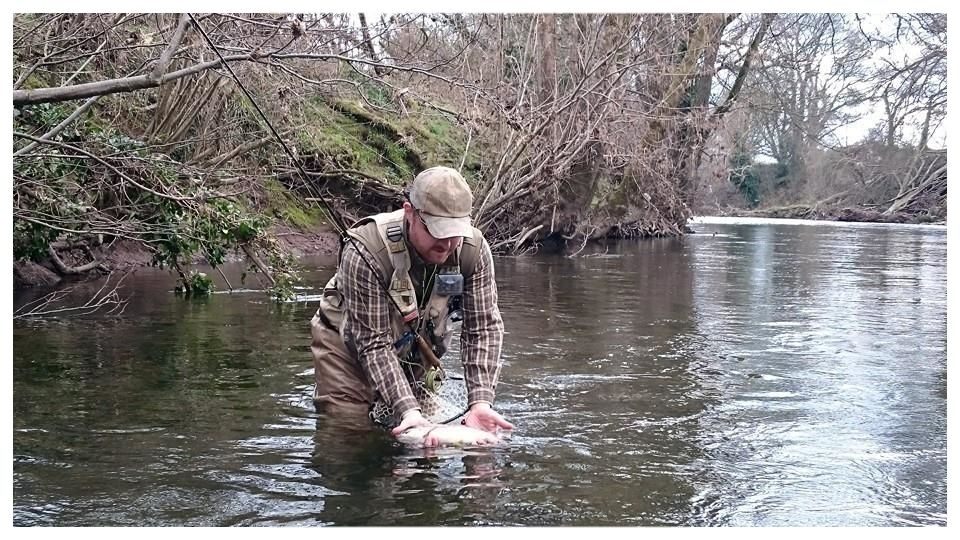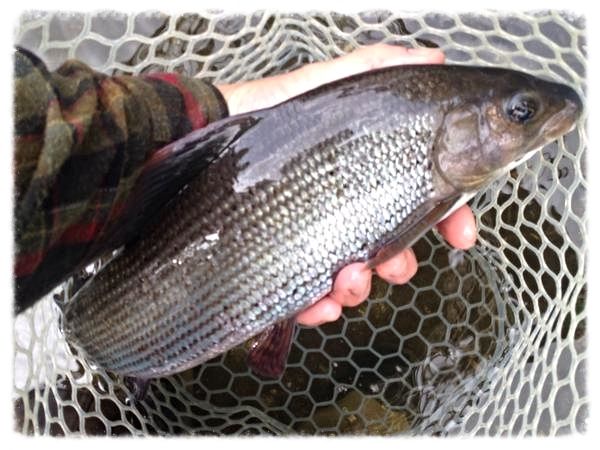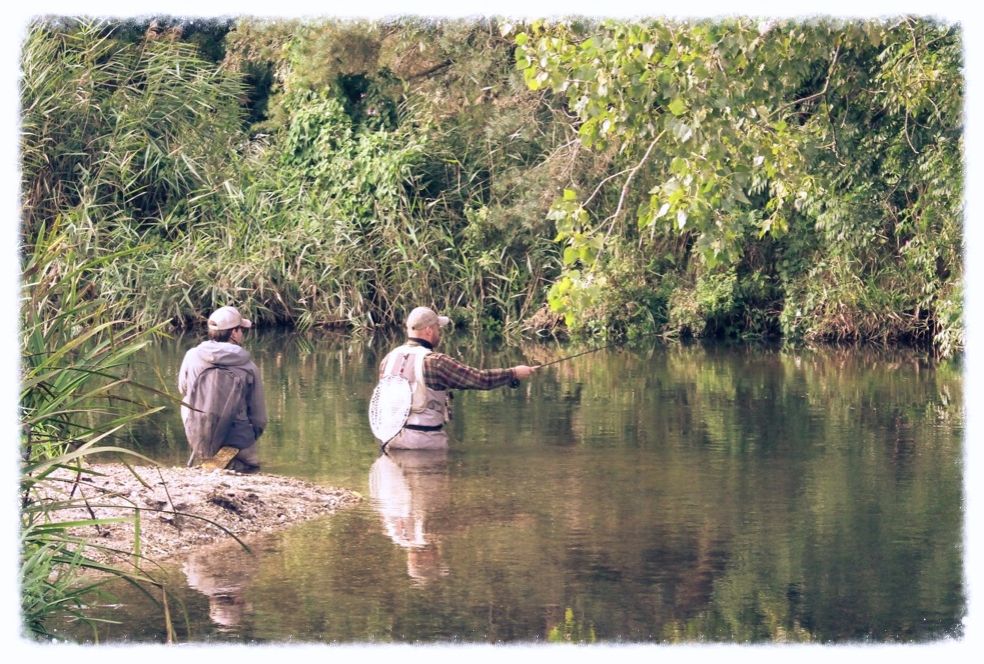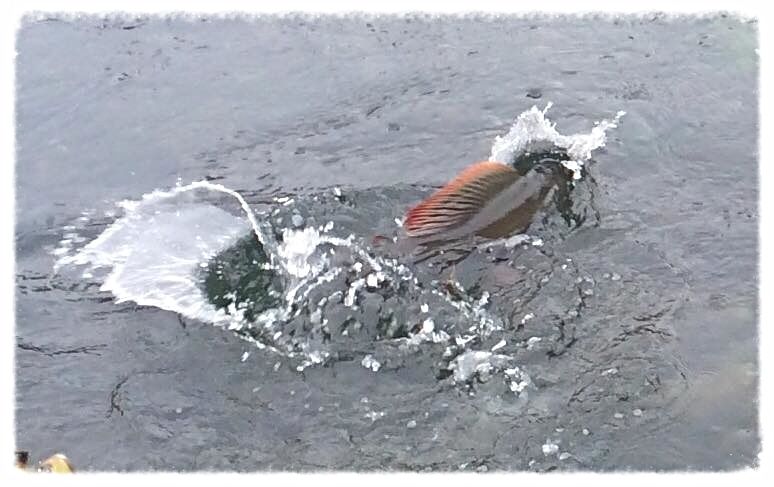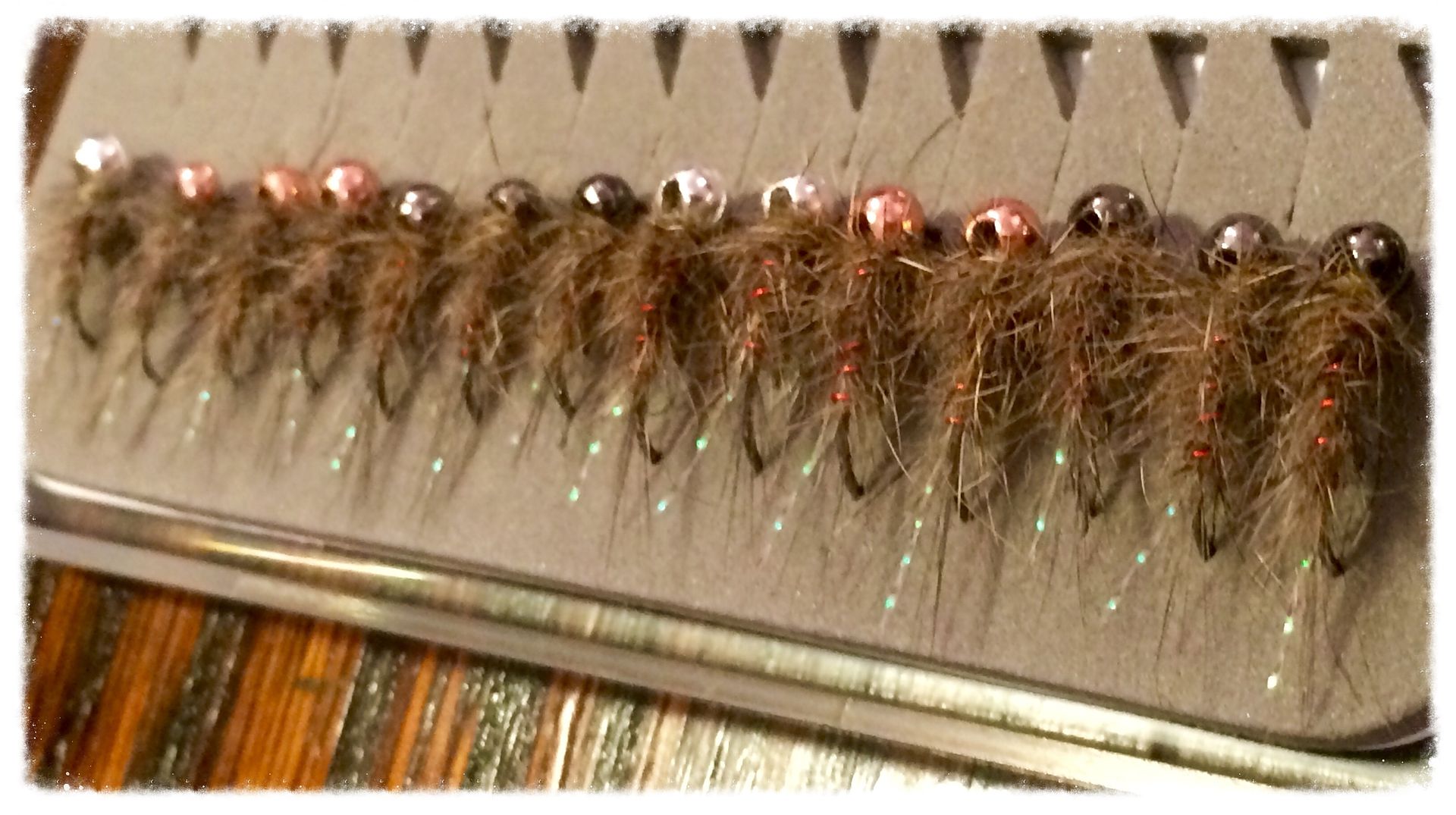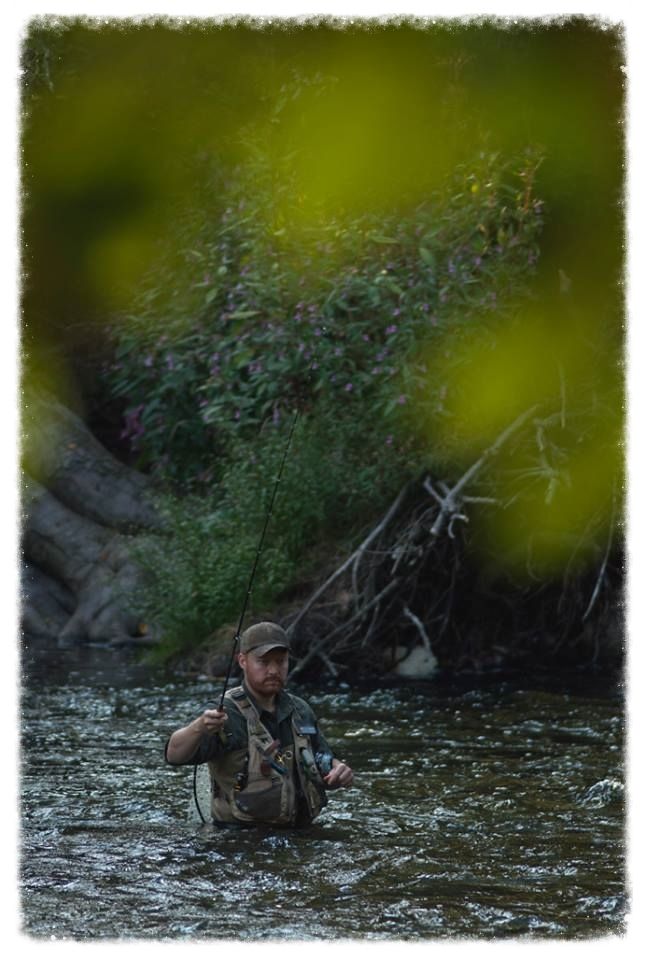Hiraeth - longing, yearning, nostalgia
I miss the trout season already. Strangely, it’s not the eagerly anticipated dawn ‘til dusk sessions on new beats that I miss the most, but those stolen hours on the Usk by my house. I must be getting old.
I feel the need to relate an entire season’s worth of thoughts and experiences but, for now, I'll restrict myself to the Spring and on this unseasonably warm October evening I hold high hopes that the fish overwinter as well as they did last year.
 |
| A fat Usk trout, March 2015 |
Spring low
Following the mild winter, the cold dry spell in March and April resulted in some of the lowest early season Usk levels on record. At the lowest point, I noted half a dozen dead trout and a dead salmon on the Bryn Derwen beat. I also observed a fish go belly up on the Eden, momentarily concluding it was the strangest rise form I’d ever seen! I suspect that these mortalities were a result of the harsh conditions, a combination of low levels and diffuse pollution.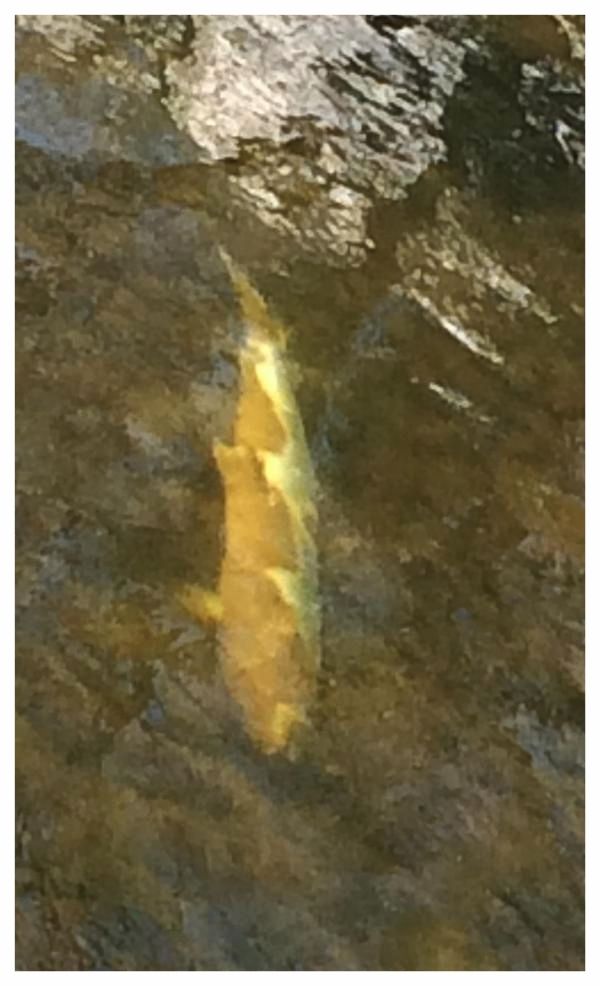 |
| Dead salmon |
Grannom
The grannom hatch proper commenced in
early April and as one of the most eagerly anticipated periods on the Usk it
attracts anglers from far and wide. This year was no different and ‘hatch
chaser’ Paul Procter enjoyed a long weekend fishing the Bryn Derwen beat and
Gwent Angling Society water.
Unfortunately (for me) I had to work on the Friday and had other obligations on the Saturday. It was a torturous test of will and commitment as a husband as I knew the grannom were hatching in force and had
this confirmed by Paul over a pint or two each evening. At least someone was making
the most of it.
I had pinned all my hopes on the Sunday as Paul, Dave Smith and I
were due to fish Bryn Derwen. Sod’s law dictated that we awoke to a howling gale
and, as I lay in bed listening to the windows rattling, I anticipated a difficult day ahead. Thankfully,
my guests caught a few fish including Paul’s 19 inch adult grannom feeder.
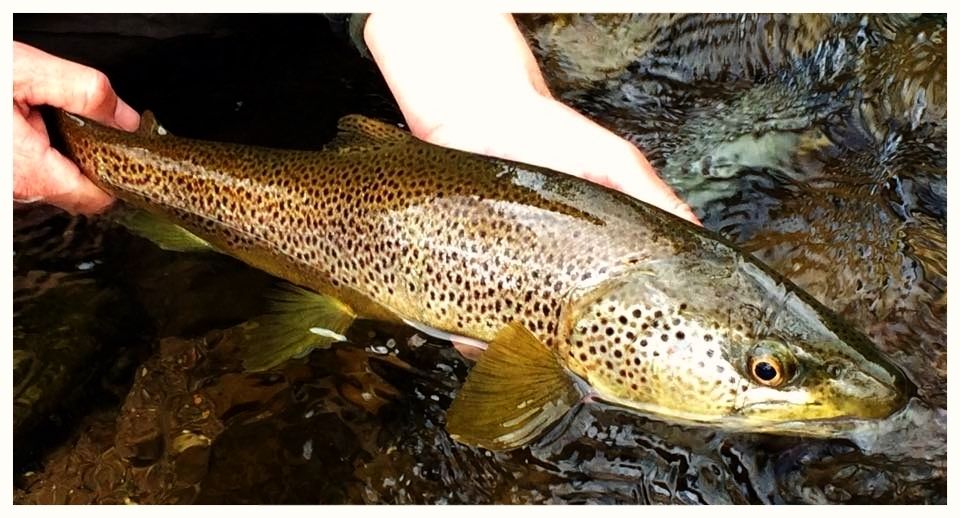 |
| Paul's adult grannom feeder |
A trip north
In the latter half of April Dave, Morgan and I ventured north.
I had never fished the Rivers Eden and Ure and, despite a busy schedule,
couldn’t pass up the opportunity to do so with two good friends. We stayed in
Hawes, fishing by day and consuming beer and whisky by night. The rivers were
low and clear and the fishing was challenging, but a good number of fish were
returned to grannom emergers and nymphs.
 |
| Appleby trout |
 |
| Eden Grannom |
As the grannom hatch occurs later up north, we coincided with the back end. Hatches were usually over by 10am and we took a few fish in the slower water on emergers and adults. However, most of the well-marked, beautifully coloured fish were taken on small UV backed quill nymphs.
 |
| UV backed quill nymphs |
On the last day we were fortunate to be hosted by Matt Eastham on a superb Eden beat. We very much enjoyed the variations in the beat and the fantastic quality of the fish, and I can’t thank Matt enough for hosting the day.
 |
| Well marked Eden trout |
 |
| Matt with a lovely trout to the dry fly |
The Monnow Social
Yet again, the Social lived up to expectations - both the
company and the fishing. I took a bit of flack for staying in a B&B rather
than camping, but it was well worth it. On the first day I fished with Neil on
one of the Monnow beats above Pandy. The beat is lightly fished and this was
reflected in the stamp of the trout.
 |
| Neil on the bank of the Monnow |
On the Sunday I fished with Kris Kent on a private beat further down river. Kris concentrated on the few fish that were rising while I followed employing a more pragmatic approach... We caught no monsters, but returned many trout and grayling to around 15 inches. The middle section of the beat is special - braided and heavily wooded - and as I peered through the trees it seemed as though some channels were flowing in opposing directions. During another surreal moment Kris and I were confronted by a startled roe deer crossing the river within feet of us.
 |
| Woody debris |
Thanks (again) to the hard work of Rob, Patrick, Neil M and others, this event was one of the highlights of my season and long may it continue.
 |
| Pink holo DHEs - a great fly on the early season Monnow |
No pressure
Experiences on the Monnow and Usk this year have yet again confirmed that the less pressure a beat receives, the more likely it is to
produce large fish. Further evidence was gathered when I managed to gain access
to a short unfished beat of the lower middle Usk.
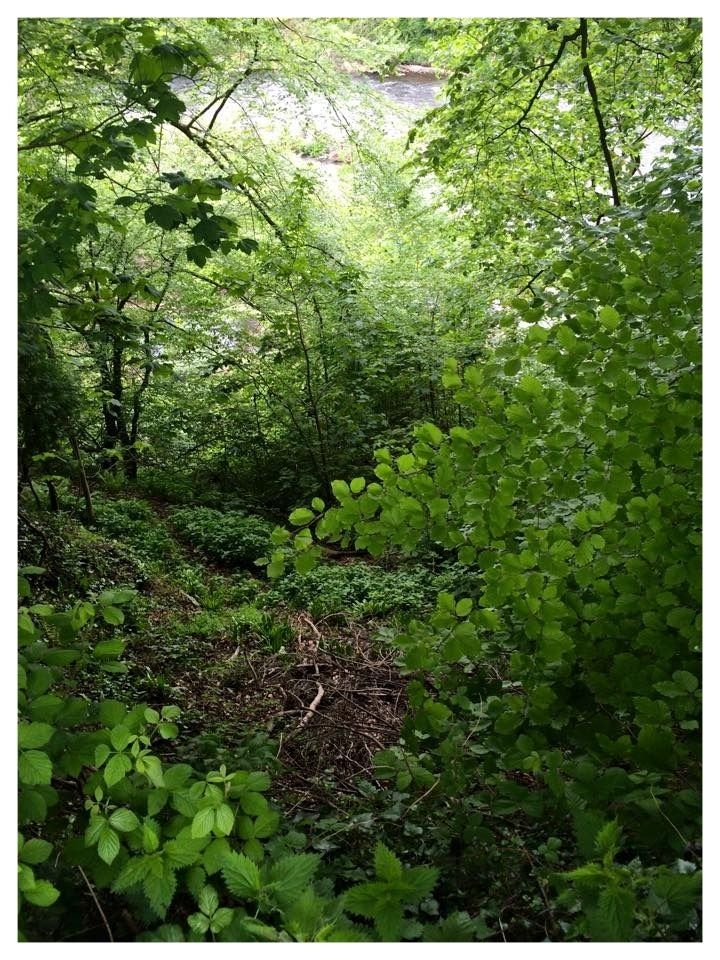 |
| The way down |
The route to the river plunged fifty metres over a cliff-like bank and I trembled as I slid on my backside until I came upon an old rope buried in the leaf litter. Clearly the beat hadn’t always been unfished…
Hot and sweaty after the ten minute scrambled descent, I realised the beat was only fishable along a twenty metre section. Slightly disappointed, I sat and watched the head of a fast run.
After a few minutes of observing hatching yellow may duns and
noting no discernible rise forms, I elected to fish two size 16 light coloured
jig nymphs on a french leader rig. On the first cast, as I deliberately lifted
my flies through the water column, I pricked a large fish close to the surface
that made a huge commotion. I cursed, but my concern proved to be misplaced as, over the next twenty minutes, the same spot yielded four fish of over 16 inches
(including one of the biggest I landed all season). The mouths of
all of these wild brown trout were coated with YMD emerging nymphs. I made the slightly more strenuous journey home in no doubt that I’d just made the ten most productive casts of
my life.
 |
| Usk favourites |
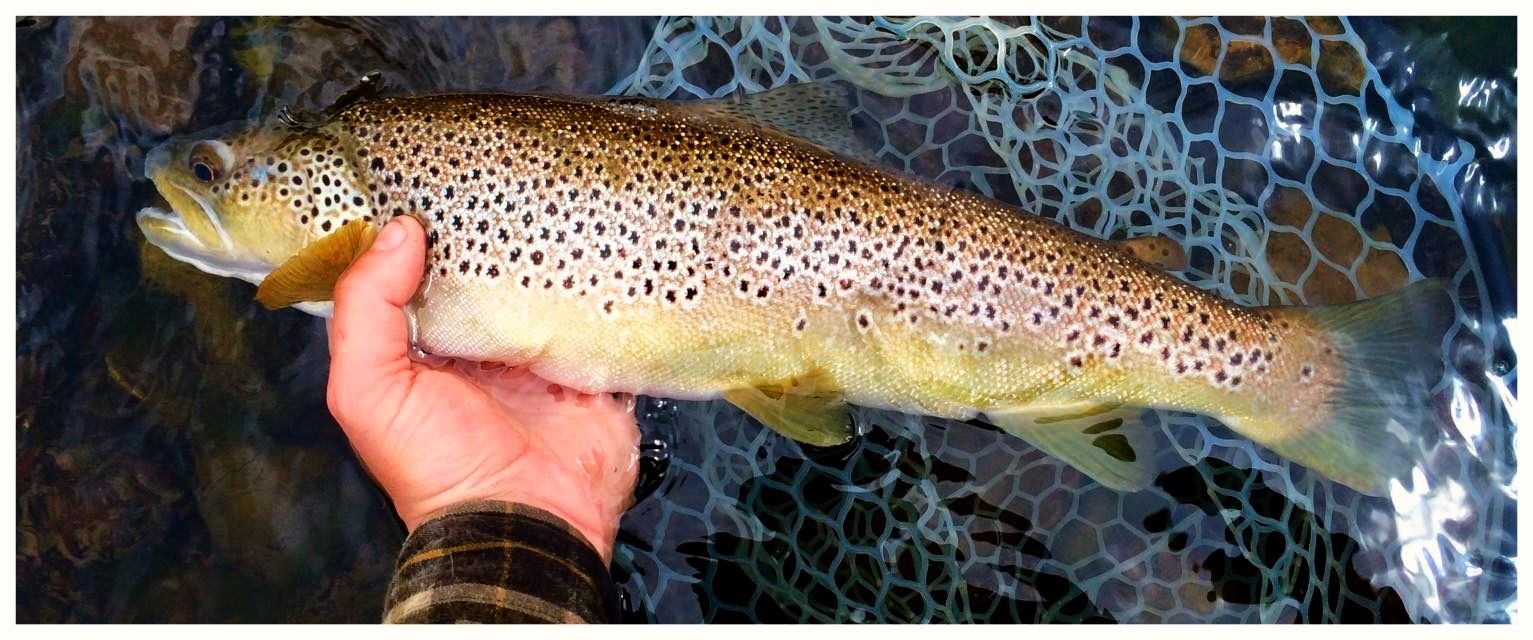 |
| Usk YMD emerging nymph feeder |

